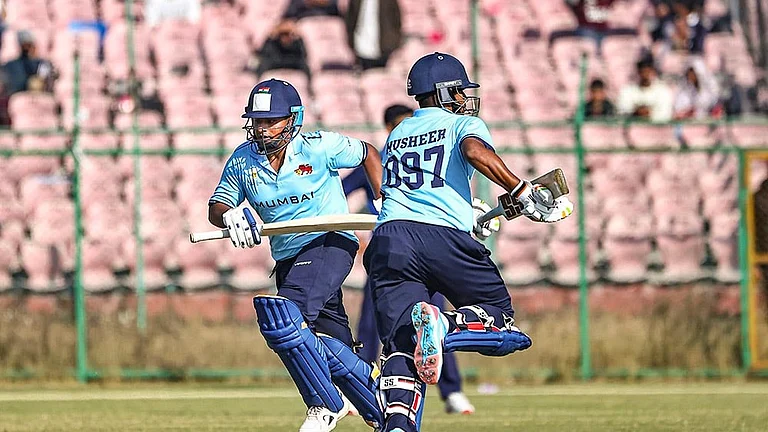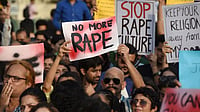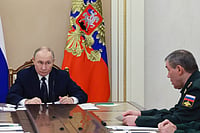The establishment of the People’s Republic of China by Mao Zedong’s Communist party in 1949 marked a decisive turning point. It ended a century or more of humiliation of China by Western powers and Japan. For another two decades, relations between the US and the new China were marked by ideological and military hostility, with the former refusing to recognise China. There were confrontations over Taiwan and a breach in communications. By 2000, things had changed dramatically. Former secretary of state Henry Kissinger quotes one of his successors, Madeleine Albright, who described China in her 2003 book as “in its own category—too big to ignore, too repressive to embrace, difficult to influence and very, very proud”. This statement points to both China and America’s ingrained sense of exceptionalism on their respective national interests and has implications for international peace and stability.
Even as the Cold War between the US and its allies and the former Soviet Union and its satellites intensified in the ’60s and ’70s, the split between the ussr and Mao-led China worsened. These parallel events became the principal drivers of the “strategic congruence” between China and the US, and formalised when Nixon visited China in 1972.
All this is fleshed out in great and fascinating detail in Kissinger’s book. There are verbatim extracts from his dialogues with Mao Zedong and Zhou Enlai and theirs with Nixon, references from declassified material, other Chinese and English works and original research by his associates. By his own count, Kissinger has visited China 50 times after 1971. He spoke with successive generations of Chinese leaders when he was in and out of office. The book recounts these conversations, including those with Deng Xiaoping during China’s growth in the ’80s and early ’90s.
There are also insights into how China, under Deng, handled the domestic repercussions of the break-up of the ussr. By the turn of the millennium, the subject of Sino-US dialogue was not the relationship itself, as it was earlier. Economic growth, interdependence and a self-confident China resulted in a new relationship of “cooperative coexistence” by the start of this millennium.
The India-China conflict in 1962 gets a mention in a chapter on “the decade of crises”, about the Mao-induced domestic disasters from the late ’50s to the late ’60s. The seemingly neutral treatment of the events leading up to the conflict and its aftermath has two glaring deficiencies. Firstly, there’s little emphasis on Mao’s insensitivity to India’s Tibet policy, which was to accept the region as a part of China. This policy didn’t change even when the Dalai Lama fled to India in 1959. Virulent criticism of Nehru, attributed to Mao himself, only hardened public opinion in India against meaningful negotiations on the border. Not to have noted that Nehru kept the matter of Tibet separate from the boundary dispute was a big Chinese mistake.
Kissinger’s second weakness is the inadequate weightage he gives to the repercussions of worsening Sino-Soviet relations on India. India was becoming the beneficiary of the Krushchev policy of peaceful coexistence and in conversations with Mao he disapproved of the drift of Mao’s policy towards India from 1959. Hence, as other prominent academicians have pointed out, the punitive conflict with India was intended as a lesson for the Soviet Union as well.
The other major lacuna in the book is the cursory reference to the regional situation in East Asia when looking at the prospects in this millennium. Chinese assertiveness over maritime boundaries has reinvigorated American military links. Kissinger notes at some length the internal debates in China on the balance between diplomacy and nationalistic impulses. It raises some relevant questions but does not hazard answers. A more glaring weakness is the complete omission of discussion on the situation in the Af-Pak area. Only a very broad consensus of all the neighbours of Afghanistan, Russia, India and the US can lead to stability there. China and the US bear great responsibility as the chief supporters of Pakistan, which in its present condition poses diverse threats to the international community, including of course India.
The book is naturally worth reading by professional diplomats and academicians. The general reader will also profit from Kissinger’s reflections on statecraft and diplomacy, distilled through years of experience.
(C.V. Ranganathan was India’s ambassador to China from 1987-1991)


























